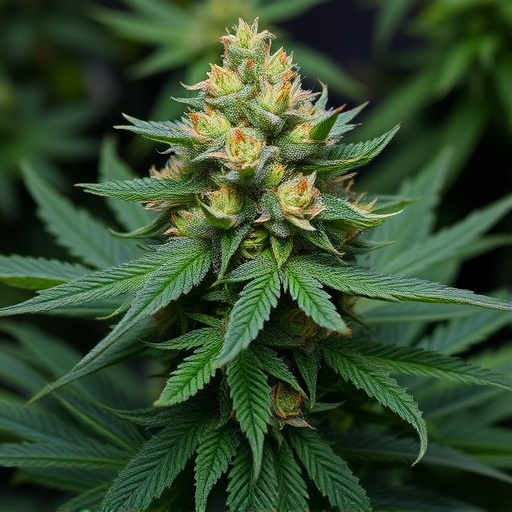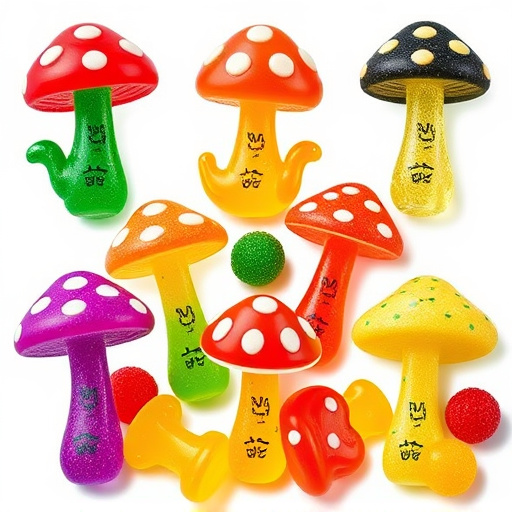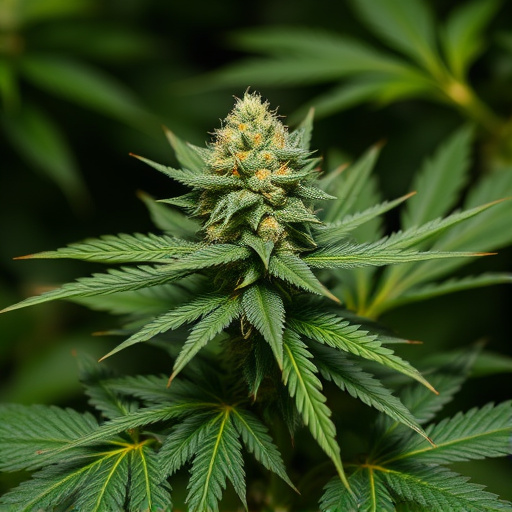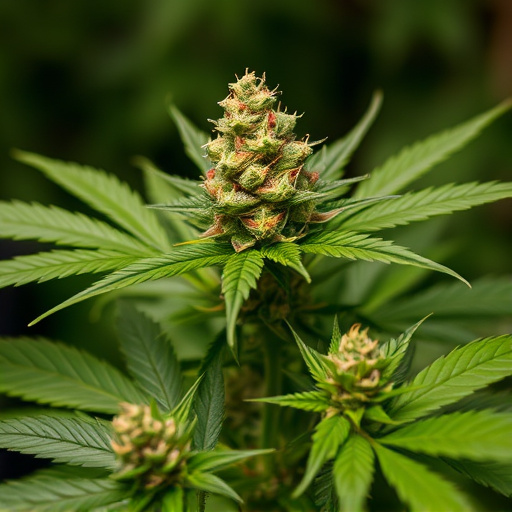Medical marijuana strains, rich in cannabinoids like THC and CBD, offer potential therapeutic effects on mood and well-being. Sativa strains boost creativity and social interaction, while Indica strains promote sleep and pain relief. Balanced or hybrid strains combine these benefits. Understanding strain-specific impacts is crucial for safe and effective use, with moderation essential to avoid cognitive impairment and mental health risks. Setting consumption limits, tracking usage, understanding potency, incorporating stress reduction techniques, and consulting healthcare professionals or cannabis experts maximize the therapeutic benefits of medical marijuana strains.
Can cannabis make you happier? Despite ongoing debates, research suggests that medical marijuana strains may play a role in improving mood and well-being. This article delves into the science behind cannabis’ impact on happiness and mental health, exploring how specific strains can influence neurotransmitters linked to pleasure and relaxation. We’ll also provide tips for balancing use, helping you navigate potential risks and benefits of incorporating medical marijuana strains into your wellness routine.
- Understanding the Impact of Medical Marijuana Strains on Mood and Well-being
- Exploring the Science Behind Weed's Effect on Happiness and Mental Health
- Balancing Use: Tips for Navigating Potential Risks and Benefits
Understanding the Impact of Medical Marijuana Strains on Mood and Well-being
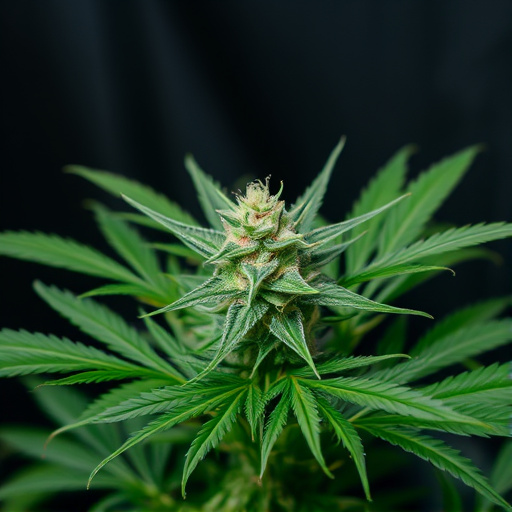
Medical marijuana has gained significant attention for its potential therapeutic effects, including its impact on mood and overall well-being. Different strains of medical marijuana contain varying levels of cannabinoids, such as THC and CBD, which interact with the body’s endocannabinoid system to produce diverse physiological responses. Studies suggest that specific medical marijuana strains can be beneficial in managing conditions like anxiety and depression, often leading to an improvement in mood and quality of life for patients.
The effects of medical marijuana on mood are largely strain-dependent. Sativa strains, known for their uplifting and energizing properties, may enhance creativity and social interaction while reducing feelings of stress and anxiety. Indica strains, on the other hand, have a more relaxing and sedative effect, which can promote better sleep and alleviate chronic pain. Balanced or hybrid strains offer a combination of these effects, potentially providing users with a more versatile experience that caters to various needs. Understanding these strain-specific impacts is crucial for individuals looking to harness medical marijuana for its mood-boosting potential while ensuring safety and efficacy.
Exploring the Science Behind Weed's Effect on Happiness and Mental Health
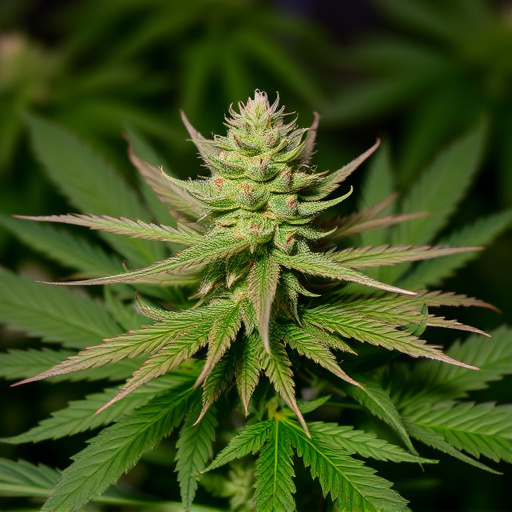
The relationship between cannabis and happiness is a complex topic that has intrigued researchers for years. While popular culture often portrays marijuana as a “feel-good” substance, the science behind its impact on mental health is multifaceted. Numerous studies have explored how medical marijuana strains, with their diverse cannabinoid profiles, can influence mood and well-being.
Recent research suggests that specific cannabinoids found in cannabis, such as THC (tetrahydrocannabinol) and CBD (cannabidiol), may interact with the body’s endocannabinoid system, which plays a role in regulating emotions, memory, and pain perception. Some studies indicate that certain medical marijuana strains can provide relief from anxiety, depression, and chronic stress, thus contributing to an improved sense of well-being and happiness. However, it’s important to note that individual responses can vary greatly, and more research is needed to fully understand the complex interplay between cannabis consumption and mental health outcomes.
Balancing Use: Tips for Navigating Potential Risks and Benefits
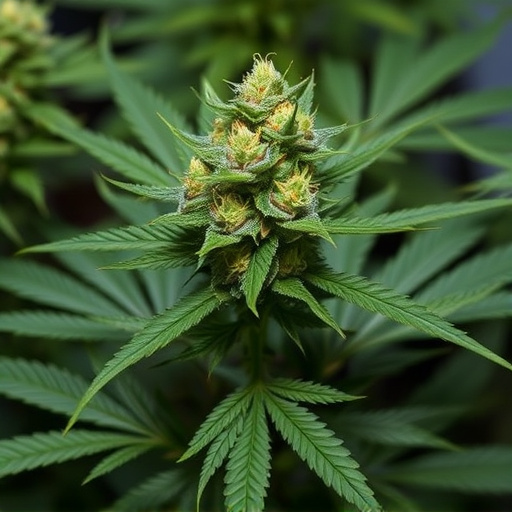
Balancing Use: Tips for Navigating Potential Risks and Benefits
When it comes to cannabis, or “weed,” determining its impact on happiness is a delicate matter. While many advocate for medical marijuana strains due to their therapeutic benefits, such as stress and anxiety relief, it’s crucial to remember that moderation is key. Overuse can lead to adverse effects, including cognitive impairment and mental health risks, especially in young adults. Therefore, a balanced approach is essential.
To navigate potential risks and maximize the benefits of medical marijuana strains, individuals should consider setting clear limits on their consumption. This might involve tracking usage, understanding strain potency, and incorporating other stress-reduction techniques like exercise and mindfulness practices. Consulting with healthcare professionals and cannabis experts can also help ensure safe and effective use, allowing one to enjoy its positive effects while mitigating any potential drawbacks.
While medical marijuana strains have shown promise in improving mood and well-being, it’s crucial to approach their use with a balanced perspective. Understanding the science behind cannabis’ effects on happiness and mental health is essential, as it can vary greatly among individuals. By navigating potential risks and benefits, one can harness the positive aspects of these strains while mitigating any adverse effects. Remember that, in terms of happiness, what works for one person may not work for another, so personalized approaches are key.
